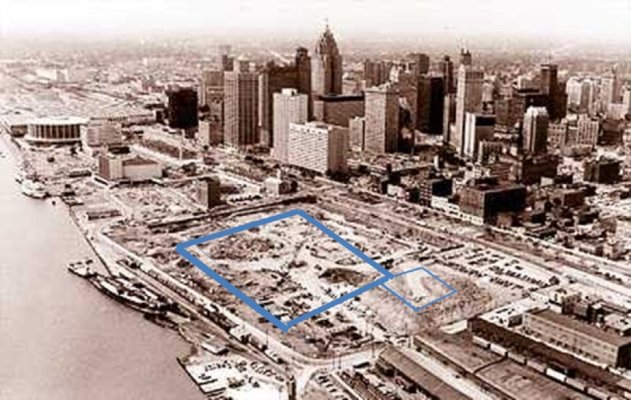One more on" Drain the Oceans".
This is from the episode they did on the Titanic (shown below in 1912). Since Bob Ballard found it back in 1985, we have photographed it extensively, visited it with submersibles numerous times .. heck made one of the biggest movies ever about it.

The Nat Geo guys in Drain the Oceans show it in situ, sitting on the bottom WITHOUT the water. Like its on land, under a shining sun, clouds in the sky, etc., using CGI techniques.
You see the bow/mid section sorta intact as it plowed into the bottom, separated/facing 180 degrees from, and 2,000 feet apart from, the stern which itself is largely destroyed.
Because the ocean floor there, three miles down, is largely flat, the Titanic is readily visible on the bottom. The "debris feld" between the two pieces/around the stern is where stuff fell out of the boat as it sank .. all that stuff mostly still visible 100 years later and photographed for posterity.



Quick video on that Drain the Oceans features
.
This is from the episode they did on the Titanic (shown below in 1912). Since Bob Ballard found it back in 1985, we have photographed it extensively, visited it with submersibles numerous times .. heck made one of the biggest movies ever about it.
The Nat Geo guys in Drain the Oceans show it in situ, sitting on the bottom WITHOUT the water. Like its on land, under a shining sun, clouds in the sky, etc., using CGI techniques.
You see the bow/mid section sorta intact as it plowed into the bottom, separated/facing 180 degrees from, and 2,000 feet apart from, the stern which itself is largely destroyed.
Because the ocean floor there, three miles down, is largely flat, the Titanic is readily visible on the bottom. The "debris feld" between the two pieces/around the stern is where stuff fell out of the boat as it sank .. all that stuff mostly still visible 100 years later and photographed for posterity.
Quick video on that Drain the Oceans features
.
Last edited:




















